The Masuria region is the best place for active leisure and experiencing nature. Our offer is specifically made to fit the needs of school youth, and their caregivers - the teachers. The class trip will let you relax in the Great Masurian Lakes trail, which is full of forests, lakes and unforgettable adventures.
The trip is wandering, therefore you will be in a different place every day, giving you the chance to immerse yourselves in the wonderful atmosphere of the Masuria region. The programme is flexible, designed to suit your individual needs: if you want to, we can moor the boat more often in wild, hard to reach areas, where we sit by the campfire and sing sea shanties, or visit the most interesting ports and cities along the trail and see the attractions they offer. The final word is in the hands of the commanding officer.
During the cruise every participant has the chance to learn the sailing technique, taking an active part in sailing.
For the keen to learn, we organise lectures about advanced sailing technique and theory, safety, meteorology and first aid techniques.
We also offer a wide range of sports and games beside sailing. There is no place for boredom on our cruises.
We have over 10 years of experience in organising school excursions and company events for big companies - we know how to work in a group.
Example programme:
day 1
● 07:30 start train arrives
● 12:32 train reaches Giżycko, the place where the cruise starts
● Safety training, swimming exam
● Sailing on Niegocin lake.
● in the evening: mooring in a wild place, campfire
day 2:
● Sailing on lakes Kisajno and Dargin
● Night in Sztynort, exploration of the old Lehndorff family palace
day 3:
● Sailing on lake Mamry
● Exploration of military bunkers in Mamerki
● campfire
day 4:
● more sailing and arrival to Giżycko
● campfire
day 5:
● Exploration of the old Boyen Stronghold
● in the evening: returning home
Example day schedule
● 8.00 waking up
● 8.00 showers, etc.cleaning the boats
● 8.30 debriefing of crew, planning the rest of the day
● 8.40 breakfast
● 10.00 sailing, land activities, sightseeing, sports. During the day - dinner (on board of the yachts)
● 19.00 – supper
● 20.00 other activities (campfires, parties, sports)
● 23.00 sleep
The prices and the length of the trip are set individually and depend on how many participants are going to be on the class trip.
Price includes:
- - a professionally organised and very interesting cruise
- - accomodation on modern, safe and comfortable exclusiv cabin yachts ( Tango 780, Twister, Antila, )
- - 24/7 care of experienced skippers, sailing instructors, marine rescuers
- - full board
- - accident insurance
- - great fun - campfires, bonding events, teambuilding excercises
- - english spoken skippers
price from 70 euro
Tourist attractions along the trail
Boyen Stronghold - a rare example of a 19th century Prussian-school fortification and one of the best preserved monuments of defensive architecture of the 19th century in Poland. It is in the shape of an irregular hexagram with a courtyard in the centre. The Boyen Fortress, which was never conquered, now serves as a summer entertainment centre, where, in the picturesque scenery of the amphitheatre, various concerts and festivals are held, such as the already renowned “Shanties in Giżycko” Sailing and Maritime Song Festival.
Mamerki bunkers - In the forest around the village of Mamerki you will find a former seat of the High Commander of the Land Forces. Between 1940-1944 over 200 structures were erected in the area. At that time Mamerki gave employment to 1500 people. 30 concrete bunkers have survived in good condition, including ‘the giant bunker’, which resembles the structures from the Wolf’s Lair. On the roof of one of the bunkers there is a tower overlooking the picturesque surroundings. Mamerki is an area of special bats protection. It is the second biggest hibernation place of bats, especially the barbastelle bat. Bunkers with marked sightseeing routes are open to the public all year. Entrance is payable from May till the end of October.
Lehndorff palace, Steinort - The Palace was the property of the Lehndorff family since 1420 (by other sources since 1565) until the expulsion of Germans from Poland after the border changes of 1945. The current palace was built by Marie Eleonore von Lehndorff née von Dönhoff after an older building had been destroyed by Polish Tatars in the Second Northern War in 1656. German Foreign minister Joachim von Ribbentrop used the palace throughout his sojourns at the nearby Wolfsschanze between 1941 and 1944.The last proprietor of the estate, Heinrich Count von Lehndorff, was executed by the Nazis for his participation in the plot against Hitler that failed with the faulty assassination attempt on July 20, 1944, at the nearby Wolfsschanze wartime military headquarters of the Nazi regime.
After 1945 the palace was occupied for several years by the Red Army. An agricultural cooperative moved in in 1950. In 2009 it could still be viewed only from the outside, the intererior, neglected for more than half a century, has become badly degraded.
Swing bridge, Giżycko - In 1889, engineers from the company Bechelt C.O. Grundberg und Shel, seated in Grünberg (present-day Zielona Góra) built a 20 m long and 8 m wide movable bridge span with an ingenious gear mechanism that allow just one operator to open the waterway by swinging the 100 ton structure to the side. The design proved reliable and included many technical innovations, to the delight of the town's citizens and tourists.
In 1960-1970, the bridge was modernised and equipped with an electric drive, which eventually led to serious damage to the abutments, as the force with which the bridge hit the bank was too great. A military bridge was laid over the remains of the historical structure, but failed to gain acceptance of the town's inhabitants. It was only in 1993 that the revolving bridge was reopened. Today, it is operated manually, as originally intended by its designers. The whole opening routine takes one man about 5 minutes. The bridge is one of the very few structures of this kind in Europe. In the sailing season, it opens and closes according to a fixed schedule.





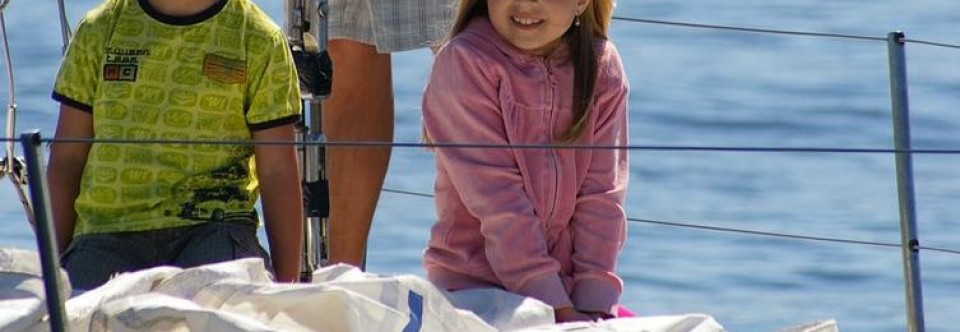
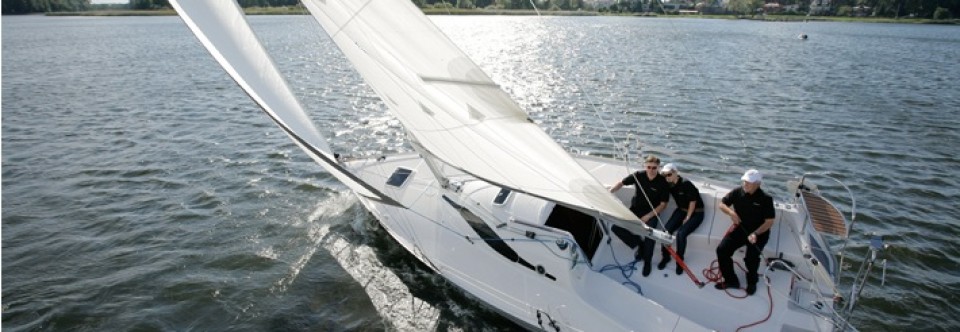
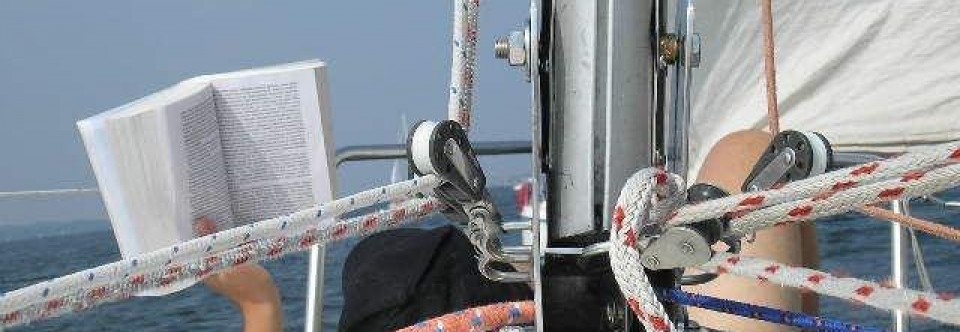
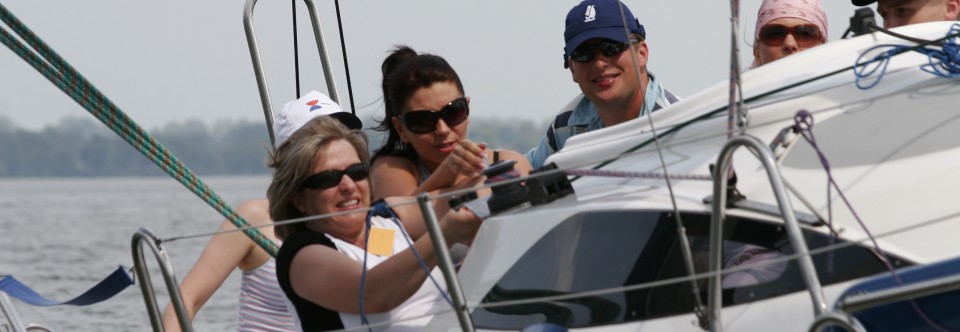
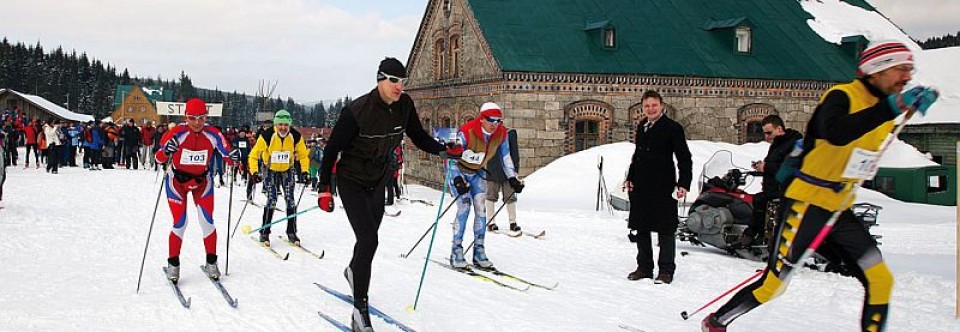








Najczęściej czytane aktualności